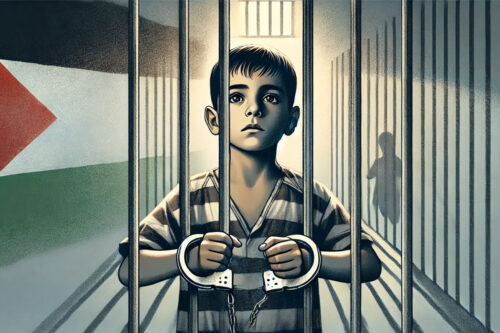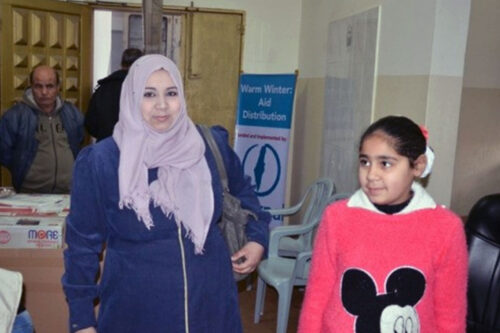A guide to Al Shati Refugee Camp, Gaza
How do you think you would fare in a refugee camp in Gaza? Take as an example Al Shati
camp (also known as Beach Camp), which is located along the coast of the
Mediterranean Sea in the northern Gaza Strip. Although quite small in size, it contains
more than 87,000 Palestinian refugees. To put that in perspective, this tiny
camp is on average 70 times more
populated than London’s city centre. So
you’ll be very, very cramped.

The camp is one of many that were set up following the Nakba in 1948 when more than 750,000 Palestinians were displaced and thousands killed as
a result of the ‘Israeli Declaration of Independence’.

Since then, for the residents of Al Shati Camp, the staggering increase in population density is the least of their problems. So if you were there, you’d
have to deal with:
Drinking-water that is 90% contaminated.

No electricity for long periods. In fact, you’ll be going without
electricity for up to 18 hours a day.

A struggle to eat, since over 80% of the population is
dependent on international aid to survive.

A lack of income. The camp suffers from high
unemployment and severe restrictions on fishing- an important source of income
in the camp.

The 10 year blockade on Gaza, which means that you,
along with the rest of the population of Gaza, will probably be prevented from
ever leaving.

A constant fear of bombs dropping from the sky. Just one example of this is the 2014 assault on Gaza, which was particularly devastating for the people in Al Shati camp. On July 28, 2014, 13 people were killed by a strike on
a local playground. 11 of those killed were children.
And who can
forget the heart wrenching images of the ‘Bakr boys’– a group of young
Palestinian boys, also from the camp, who were playing football on the beach. They were attacked by Israeli military, killing four from the same family.

Even when not under direct attack, chances are you may be suffering
from on-going trauma, and the constant buzzing of drones overhead won’t help.

But this
doesn’t stop Palestinians in the camp from showing an incredible amount of
resilience. Not just in Al Shati, but all over Gaza. The resilience, ingenuity
and spirit of people in Gaza is a testament to the human spirit and an example
for us all.
Take for example Ibrahim Saad. He developed a way to combat the lack of gas
and fuel in Gaza as a result of the blockade. At just 18 years old, while
experimenting in his home workshop, Ibrahim succeeded in converting hydrogen
gas in order to power an electrical generator. His family is now able to use
cooking gas at home thanks to his ingenious invention.

Or how about the ‘Conqueror of Darkness’ Mahmoud Shaheen, who one day
acquired some electrical cells that were brought in to Gaza from Israel. He
went on to create solar powered
wheelchairs to help his injured and disabled neighbours.

Then there’s 13 year old Mohammad Quraiqe, also known as the ‘Picasso of
Palestine’. Because art supplies in Gaza are rare due to the blockade, Quraiqe
used coffee, sand and glue to start painting. Now his work has been showcased
around the world, including Turkey, Iran and Tunisia.

And then there’s one of our own beneficiaries, Nesma. Blind from birth, she
learned how to memorise her neighbourhood to travel around independently, but
after the 2014 assault on Gaza, her whole neighbourhood was destroyed. She told
us that she’ll wait a while to memorise the new surroundings- in case
everything is destroyed in another assault. Despite this, she managed to find
work through our Job Creation Programme and became the sole provider for her
family. She even managed to repair some of the damage caused to her home with
her earnings. She told us this was the proudest moment of her life.

Palestinians in Gaza have shown remarkable courage and resilience in the
face of a continued lack of human rights. You can advocate for Palestinian
rights here by
downloading a template letter to send to your local MP. You can also support
Interpal’s projects in Gaza that aim to help Palestinians achieve their basic
human rights and empower communities.
And as a thank you for taking action, and since nothing on the internet
is complete without cats, here is a pretty feline from Gaza.

(Picture sources in order: 1) Al Jazeera, 2) UNRWA, 3) Keoni Cabral, 4) Interpal, 5) Interpal, 6) Free Gaza Movement, 7) Interpal, 8) Belfast Telegraph, 9) Interpal, 10) Middle East Monitor, 11) Al Arabiya, 12) Electronic Intifada, 13) Interpal, 14) Interpal)
Calculate your Zakat
Confused about how to calculate your Zakat? Try our simple-to-use calculator

![A Shadow R1 spy aircraft operated by the UK's Royal Air Force, accused of supporting the genocide in Gaza [Jerry Gunner / Wikimedia]](https://www.interpal.org/wp-content/uploads/2025/04/1768px-Shadow_R1_5AC_Sqdn_RAF_Waddington_this_morning-e1745166357309-500x333.jpg)

![Fighters from Israel's pre-state militia occupying the village of Deir Yassin, April 1948 [IDF archive / Wikimedia]](https://www.interpal.org/wp-content/uploads/2025/04/Jewish_militias_in_the_village_of_Deir_Yassin_April_1948_cropped_and_edited-e1745166391491-500x333.jpg)

